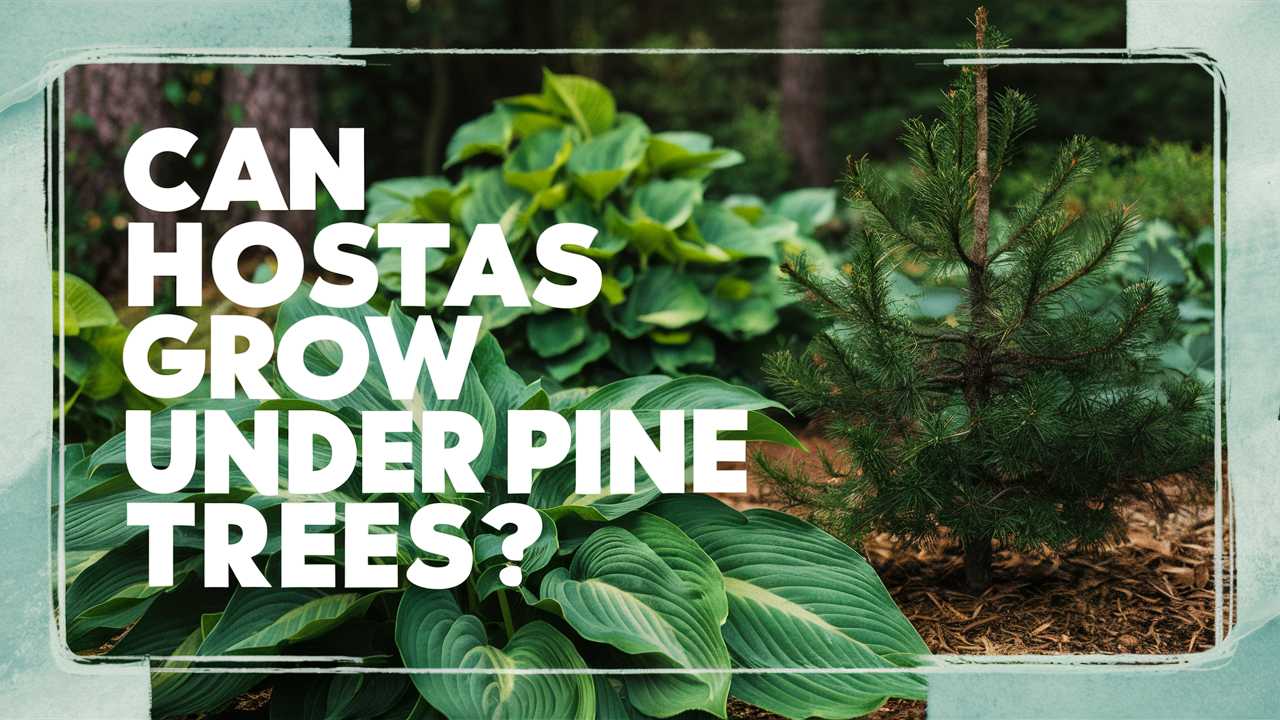Hostas, often referred to as “plantain lilies,” are popular among gardeners for their lush foliage and resilience in various environments. However, when it comes to growing them under pine trees, many gardeners find themselves pondering a few questions: Can hostas thrive in this setting? What conditions do they require? And what challenges do they face? In this post, we will explore these questions and provide you with everything you need to know about planting hostas under pine trees.
The Ecology of Pine Forests
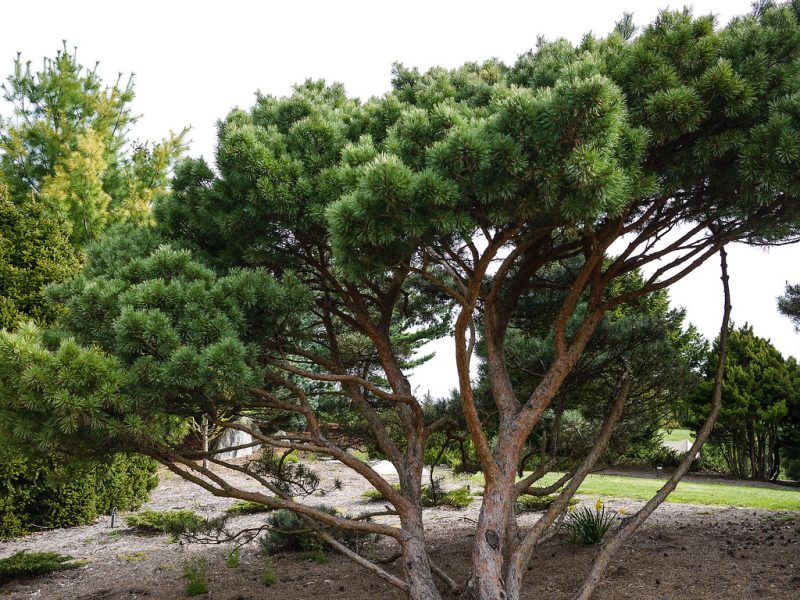
Before getting into the specifics of growing hostas under pine trees, it’s essential to understand the environment these trees create. Pine trees offer a unique ecosystem characterized by acidic soil, shade, and lower levels of moisture. The needles that fall from pine trees contribute to soil acidity and can create a thicker layer of mulch, which can affect what plants thrive below.
The Compatibility of Hostas and Pine Needles
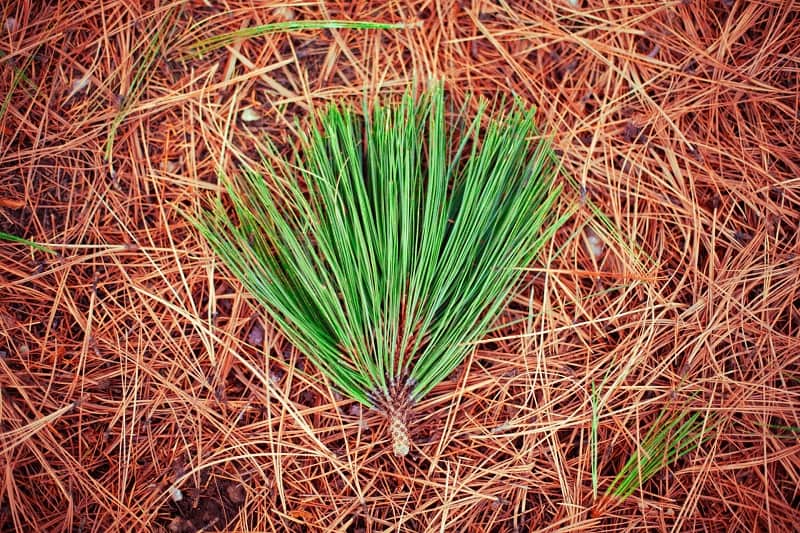
One of the primary concerns gardeners have about planting hostas beneath pine trees is the pile of dropped pine needles. While these needles can create a beautiful, natural mulch layer, they can also pose challenges for hostas due to the acidic conditions they create.
Soil pH and Nutrient Availability
Pine needles tend to acidify the soil over time, leading to a pH that may be unfavorable for certain plants. However, hostas are somewhat adaptable to varying pH levels. Generally, hostas prefer a neutral to slightly acidic soil, typically between 6.0 and 7.5 pH. If the soil under your pine tree leans more towards acidity due to excessive pine needles, it may be beneficial to conduct a soil test to gauge the pH levels.
If the results indicate a highly acidic environment, there are a few steps you can take to amend the soil. Adding lime or other alkaline materials can help balance the pH, making it more favorable for hostas and promoting overall plant health.
Light Requirements: Can Hostas Survive Under the Shade of Pines?
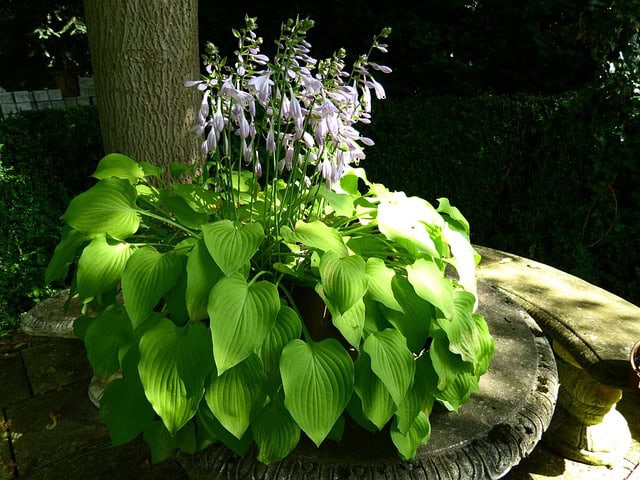
Another essential factor is the light conditions beneath the trees. Hostas thrive in partial to full shade, and pine trees create a dappled light environment. However, the type of pine and its density can significantly influence light penetration.
Identifying Light Levels
When considering light levels, take the time to observe the area beneath the pine trees throughout the day. Many hosta varieties will do just fine with filtered light; however, dense canopies can create overly dark conditions that may stunt their growth. If possible, choose areas where the light breaks through, promoting better photosynthesis.
In some cases, you can combine hostas with shade-tolerant companions to help create a more vibrant environment while also reclaiming some of that light energy. Plants like ferns and astilbes can thrive in the same conditions, contributing to a more diverse ecosystem.
Moisture Management: The Dry Side of Pine Trees
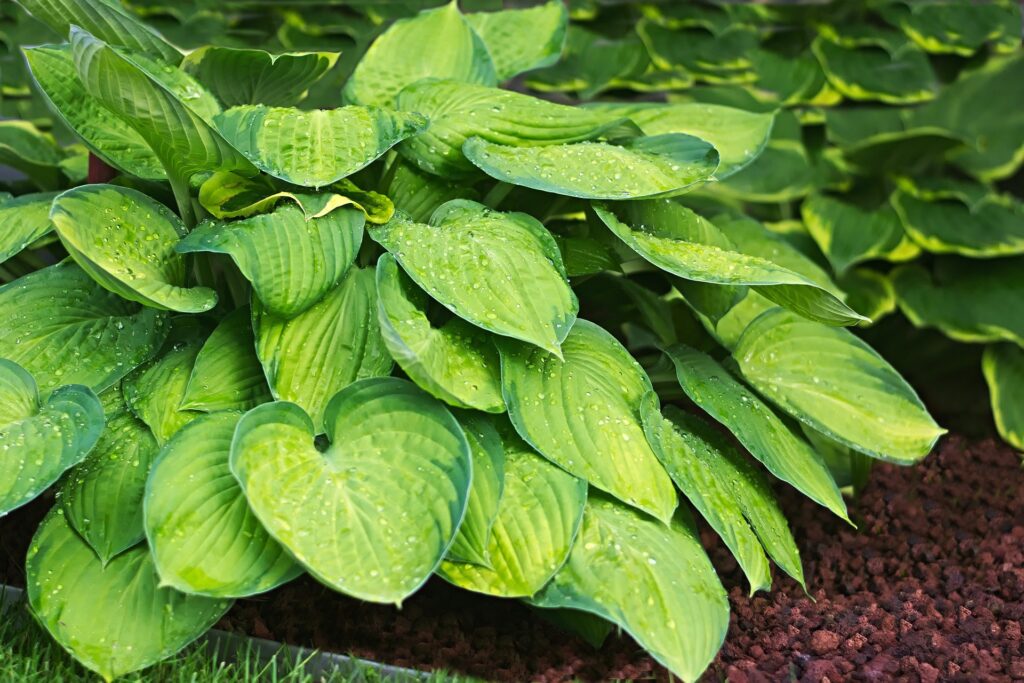
While hostas enjoy moisture, the root zones of pine trees can often become quite dry due to competition for water. Pines have extensive root systems that absorb considerable moisture, making it essential to manage hydration adequately.
Watering and Mulching Strategies
To help hostas thrive without the direct competition for moisture, consider these tips:
Mulching Techniques: While pine needles can serve as mulch, consider enriching the soil using compost or organic compost to provide additional nutrients and moisture retention. This layer can help prevent evaporation during hot summer months.
Watering Regularly: Hostas require consistent moisture, especially during dry periods. During the hottest months, deep watering twice a week can help your hostas maintain their vigor.
Monitoring Soil Moisture: Implement soil moisture monitoring systems, such as moisture meters, or simply dig a small area to check if the soil is damp three inches below the surface. This information will help you manage watering schedules effectively.
Choosing the Right Hostas for Shady Pine Areas
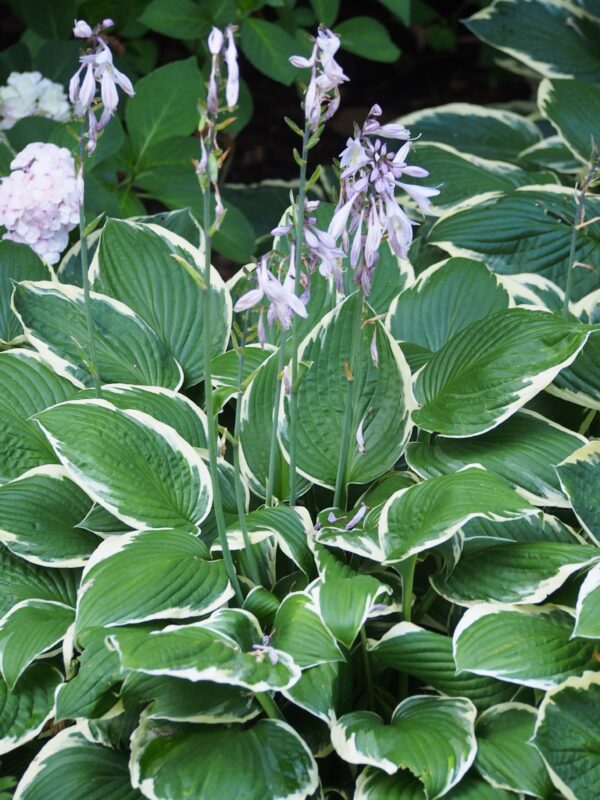
Not every hosta variety is well-suited to grow under pine trees. Selecting the right type is crucial to urban gardening success.
Recommended Varieties
‘August Moon’: Known for its golden-yellow leaves and strong resilience, this hosta can tolerate less-than-ideal conditions and still bloom beautifully.
‘Patriot’: This robust hosta features striking green leaves edged with white, providing a lovely contrast to the browns and greens of pine needles.
‘Blue Mouse Ears’: If you’re looking for a compact hosta with unique cupped leaves, consider ‘Blue Mouse Ears.’ This variety adapts well to shaded environments and adds visual interest.
‘Frances Williams’: With its bold blue-green leaves dotted with gold margins, this hosta is known for its hardiness against both pests and the elements.
By choosing varieties that specialize in shaded areas, you can ensure that your plants will have a competitive edge, allowing them to flourish.
Pest Management: Hostas and Pine Trees
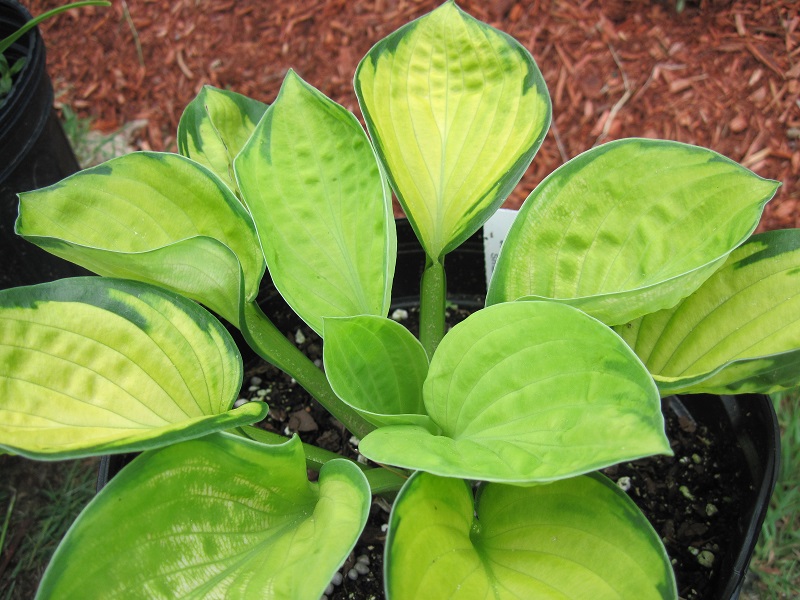
While hostas can be relatively pest-resistant compared to other plants, they are not completely safe. The shaded and moist environments beneath pine trees can create perfect breeding grounds for certain pests.
Common Host Plant Pests
Slugs and Snails: These creatures love lush foliage, and under the cover of pine trees, they can be more prevalent. To manage these pests, consider using barriers like diatomaceous earth or using beer traps.
Leaf Spot Fungus: The dampness from the humidity created under the trees can often promote fungal diseases. Regular inspections and using fungicide can help manage these issues effectively.
Aphids: While not incredibly damaging, these pests can weaken hostas by sucking moisture. Regular occurrences and infestations can be mitigated using insecticidal soap sprays.
By being proactive in your pest management, you can prevent infestations and keep your hostas looking their best.
Companions for Hostas: Building an Ecosystem
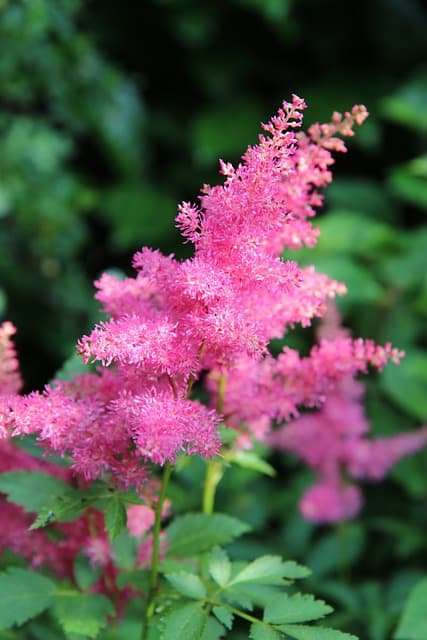
Creating a diverse garden beneath your pine trees can significantly enhance the overall appearance and health of your hostas. By planting companion plants, you can fill in voids and create a multilevel design.
Companion Planting Suggestions
Ferns: Their lacy fronds and contrasting textures pair excellently with hostas, thriving in the same shady conditions.
Astilbes: These perennials add bursts of color with their plume-like flowers, thriving in moist, shaded soils that hostas also favor.
Heucheras (Coral Bells): Their colorful leaves add vibrancy while tolerating the same conditions hostas love, thus working well together.
By creating a diverse understory, you encourage pollinators and beneficial insects to visit your garden, resulting in a more robust ecosystem.
Conclusion: Creating a Host-Friendly Environment Under Pine Trees
In conclusion, hostas can certainly grow under pine trees, but success hinges on understanding the specific environmental conditions these plants require. By monitoring soil pH, ensuring adequate moisture, and selecting the right hosta varieties, you can cultivate a thriving garden even in the shaded depths of a pine tree forest.


